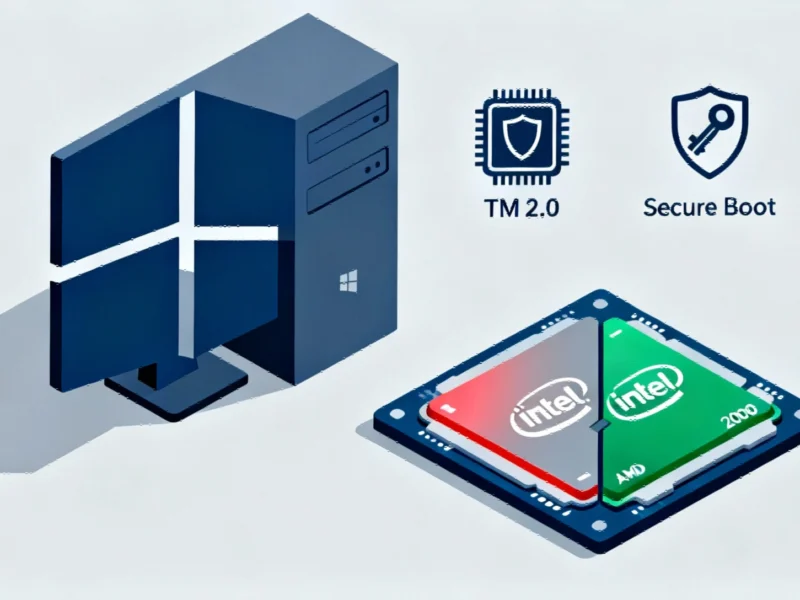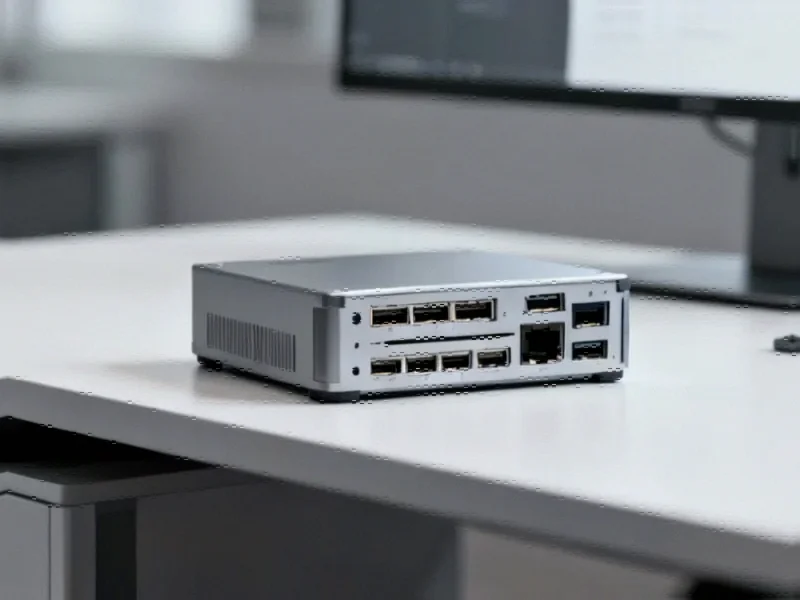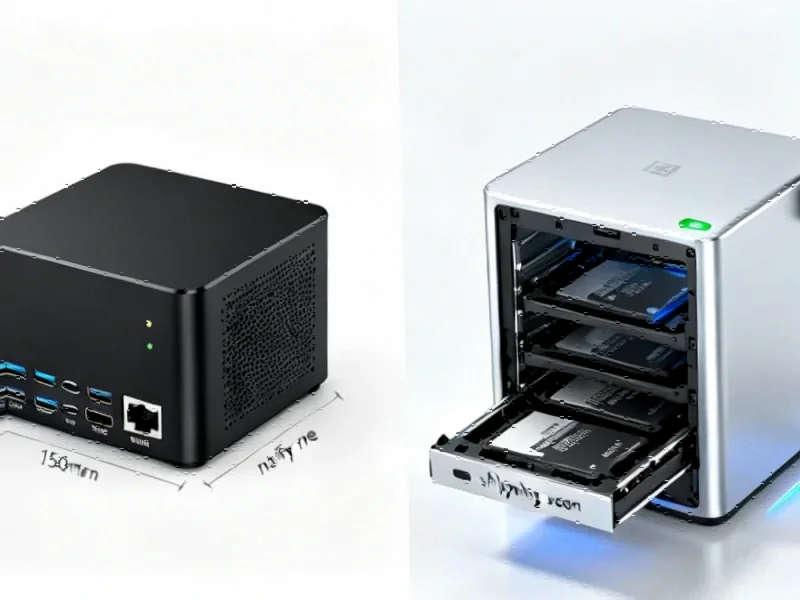Advancements in Multi-Kernel Architecture Support
The Linux kernel development community has recently pushed significant updates to multi-kernel architecture patches, marking a substantial step forward in operating system design. These enhancements come at a crucial time when diverse computing workloads demand more sophisticated resource management approaches. The updated patches enable better coordination between multiple kernel instances running concurrently on the same hardware, potentially revolutionizing how systems handle parallel processing tasks.
Amazon AWS engineers have been collaborating on the Linux “PCSC” (Physical Function Single Root I/O Virtualization Control) project, specifically designed to assist with dense SR-IOV deployments. This initiative represents a growing trend toward specialized kernel enhancements that address the unique challenges of modern data center environments. The collaboration between corporate and community developers demonstrates how enterprise needs are shaping fundamental kernel improvements.
Technical Implementation and Benefits
The multi-kernel approach allows different kernel instances to manage separate subsets of hardware resources while maintaining communication channels between them. This architecture proves particularly valuable in cloud computing environments where isolation and performance must coexist. System administrators can allocate dedicated kernel instances to specific applications or tenants, ensuring that performance issues in one area don’t cascade across the entire system.
These developments align with broader industry developments in distributed computing and resource management. The kernel patches incorporate sophisticated scheduling algorithms that dynamically balance workloads across kernel instances based on real-time performance metrics. This represents a significant evolution from traditional single-kernel designs that have dominated operating system architecture for decades.
Enterprise Applications and Cloud Integration
For enterprise users, the multi-kernel enhancements translate to improved reliability and more granular control over resource allocation. Companies implementing these patches can achieve better performance isolation between workloads, which is crucial for meeting service level agreements in multi-tenant environments. The technology also supports the evolving remote work revolution by enabling more robust and responsive cloud infrastructure.
The financial implications of these kernel improvements are substantial, particularly when considering how they might influence market trends in cloud computing and enterprise software. As organizations increasingly rely on distributed systems, the underlying kernel architecture becomes a critical factor in overall system performance and cost efficiency.
Industry Impact and Future Directions
These kernel advancements arrive alongside other significant related innovations in the operating system space. The timing suggests a broader industry movement toward more modular and specialized system software designs. Technology leaders across multiple sectors are watching these developments closely, as they could influence hardware purchasing decisions and data center architecture for years to come.
The business landscape for technology providers is also shifting, with some companies facing challenges that mirror recent technology sector adjustments in other industries. However, the fundamental improvements in kernel design promise to create new opportunities for innovation and efficiency.
Looking forward, the intersection of kernel development with emerging technologies suggests exciting possibilities. The same principles enabling multi-kernel architectures could influence recent technology applications in completely different domains, demonstrating how fundamental computing advances often find unexpected applications.
Conclusion
The updated multi-kernel patches represent more than just technical refinement—they signal a philosophical shift in how we conceptualize operating system design. As computing continues to evolve toward more distributed and specialized workloads, these architectural improvements provide the foundation for next-generation systems. The collaboration between corporate entities like Amazon and the open-source community continues to drive innovation that benefits all Linux users, from cloud providers to individual developers.
This article aggregates information from publicly available sources. All trademarks and copyrights belong to their respective owners.
Note: Featured image is for illustrative purposes only and does not represent any specific product, service, or entity mentioned in this article.



